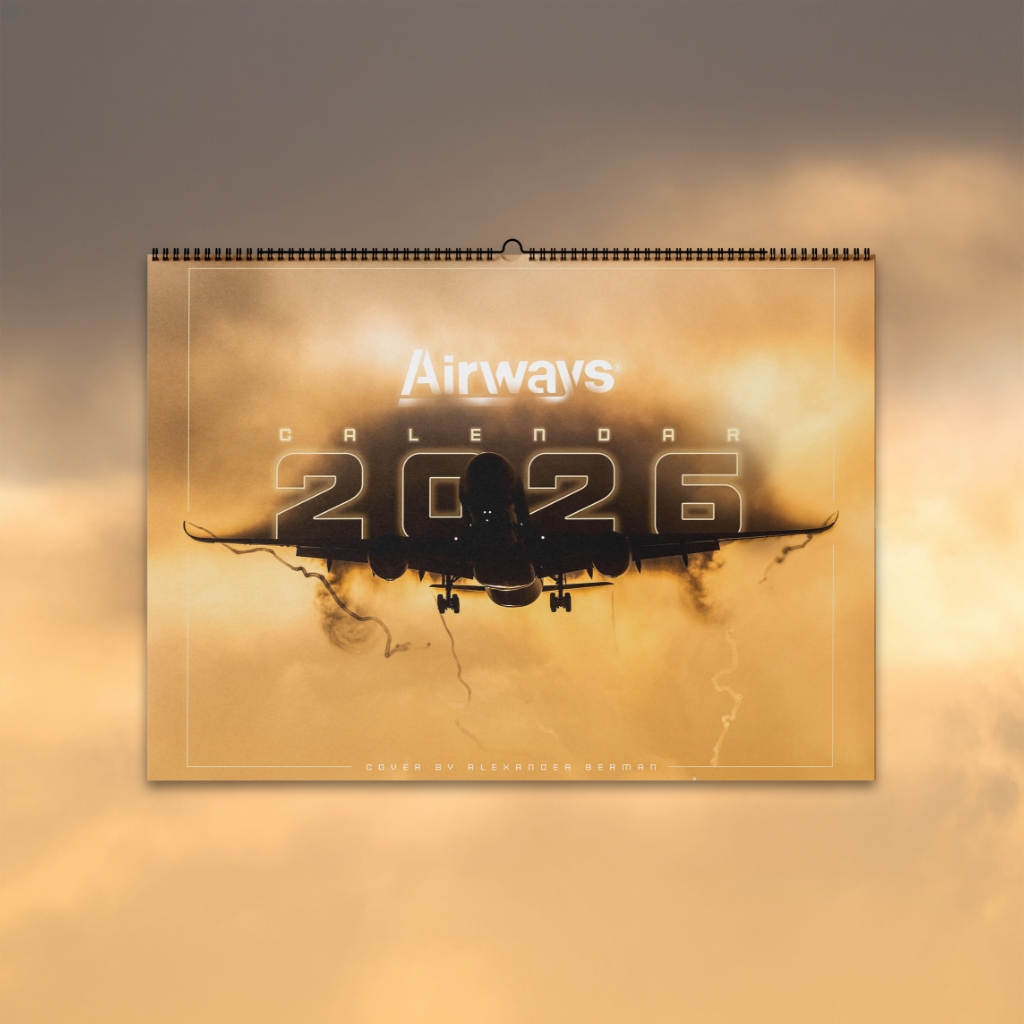DALLAS – Today, in 2008, the Sukhoi Superjet 100, the first all-new commercial aircraft in post-Soviet Russia, flew for the first time. The type flew for the first time commercially on April 21, 2011, with Armavia (U8).
Sukhoi Civil Aircraft, a subsidiary of the United Aircraft Corporation (now Regional Aircraft – a branch of the Irkut Corporation), produced the Sukhoi Superjet 100 or SSJ100. Production of the type began in 2000.
On January 28, 2007, the first SSJ was transported from Komsomolsk-on-Amur (KXK) to Zhukovsky, Moscow Oblast, in an Antonov 124 for ground testing by the Central Aerohydrodynamic Institute (TsAGI). On September 26, 2007, the SuperJet was unveiled at the Dzyomgi airbase in Khabarovsk Krai, Russia, located 8 km (5 mi) from KXK.
The SuperJet 100 flew for the first time on May 19, 2008, from KXK. Initial deliveries had already been set in October 2007 for a 2009 target, with the 95-98-seat model being accompanied by a 75-78-seat shrink and a 110-seat stretch.

Early Development
In May 2000, JSC Sukhoi was founded to build the first all-new commercial aircraft after the collapse of the Soviet Union. The Russian Regional Jet (RRJ) was first studied in 2001. Sukhoi found a need for an aircraft with a range of between 3,000 and 4,500 km (1,900 and 2,800 mi), which is greater than conventional regional jets, after studying the Russian market.
Initially, three models were planned: the RRJ60, RRJ75, and RRJ95, each with 60, 78, and 98 seats; a five-abreast configuration was chosen as the best fit for this size range. Sukhoi projected the target market to be about 800 aircraft, with 250-300 coming from Russia and the Commonwealth of Independent States.

Engines, Avionics
From 2003 and beyond, the RRJ program invested US$63.5m in the construction of a 4–5 tf (8,800–11,000 lbf) engine. The Pratt & Whitney PW800, Rolls-Royce BR710, General Electric CF34-8, and Snecma/NPO Saturn SaM146 engines had been originally planned.
However, by July 2002, the BR710 and CF34-8 had been phased out, and the PW800 had been rejected due to a perceived technical risk associated with its geared fan, leaving only the SaM146 engines.
Thales for avionics, Messier-Bugatti-Dowty for landing gear, Honeywell for the auxiliary power unit, Liebherr for flight controls, Intertechnique for fuel systems, Parker Hannifin for hydraulic systems, and B/E Aerospace for interiors were among the main suppliers chosen in October 2003.
.avif)
Certification, Test Flights
Sukhoi forecasted a market for 600 aircraft by 2020, accounting for 10% of global demand for regional jets and a total sales value of US$11bn at the time.
To ensure that the aircraft would meet western specifications, discussions were held with Air France (AF) and the SkyTeam alliance. In 2004, an application for EASA certification was submitted, with approval expected six months after Russian approval.
On February 21, 2008, the SaM146 engine was tested for the first time. The Gromov Flight Research Institute performed the tests, which used an Ilyushin Il-76LL as a flying testbed.
.avif)
Production
In February 2005, the Komsomolsk-on-Amur plant was chosen for final assembly, with jig-less assembly, automatic part alignment, and automatic riveting.
The RRJ60 and RRJ75 were considered less cost-effective, so work on the largest model, the 98-seat RRJ95 was prioritized. The 78-seater RRJ75 was still being considered as well as a potential stretched version of the type.
Beyond 70 seats, the five-abreast cross-section was designed to outperform the four-abreast Bombardier CRJs and Embraer E-Jets, though the SSJ100 is smaller than the six-abreast Airbus A320 and Boeing 737.
The SSJ100 has a seating capacity of 87 to 98 passengers. It replaces the Tupolev Tu-134 and Yakovlev Yak-42 aircraft in Russia. The Antonov An-148, Embraer E190, and Bombardier CRJ1000 are all competitors.

First Order
At the Farnborough Air Show in July 2005, the RRJ95 was renamed the Sukhoi Superjet 100. The first order, for 30 aircraft, was placed with Aeroflot (SU) on December 7. At the time, Boeing’s assistance was extended in June 2007 to include flight and maintenance crew instruction and manuals, as well as spare parts management and supply for the type.
On August 22 of that same year, Sukhoi and Alenia Aeronautica formed the SuperJet International joint venture to provide customer service outside of Russia and Asia.
.avif)
Recent State of the SSJ
Because of reliability and service network problems, Sukhoi has had difficulty selling the Superjet and renewing leasing contracts outside of Russia as of May 2019. Russian operators were also concerned about the SSJ’s lack of reliability.
Yamal Airlines (YC), Russia’s second-largest SSJ operator, has canceled its order for ten more SSJs, citing high maintenance costs. SU’s owns 30-40 SSJs, but only 10 are officially operational at any given time, also due to maintenance issues.
Interjet (4O), the last surviving western airline to use the type, ran into financial difficulties as a result of the COVID-19 pandemic’s effect on aviation. The carrier’s fleet had shrunk to just four SSJ100s by the end of November 2020.
Finally, Rossiya Airlines (FV) announced in December 2020 that by the end of 2021, it plans to operate 66 Superjets, which will be moved from its parent company SU, which currently operates 54 SSJs.
Featured Image shows a Sukhoi Design Bureau 97012 Sukhoi Superjet 100.



.webp)
